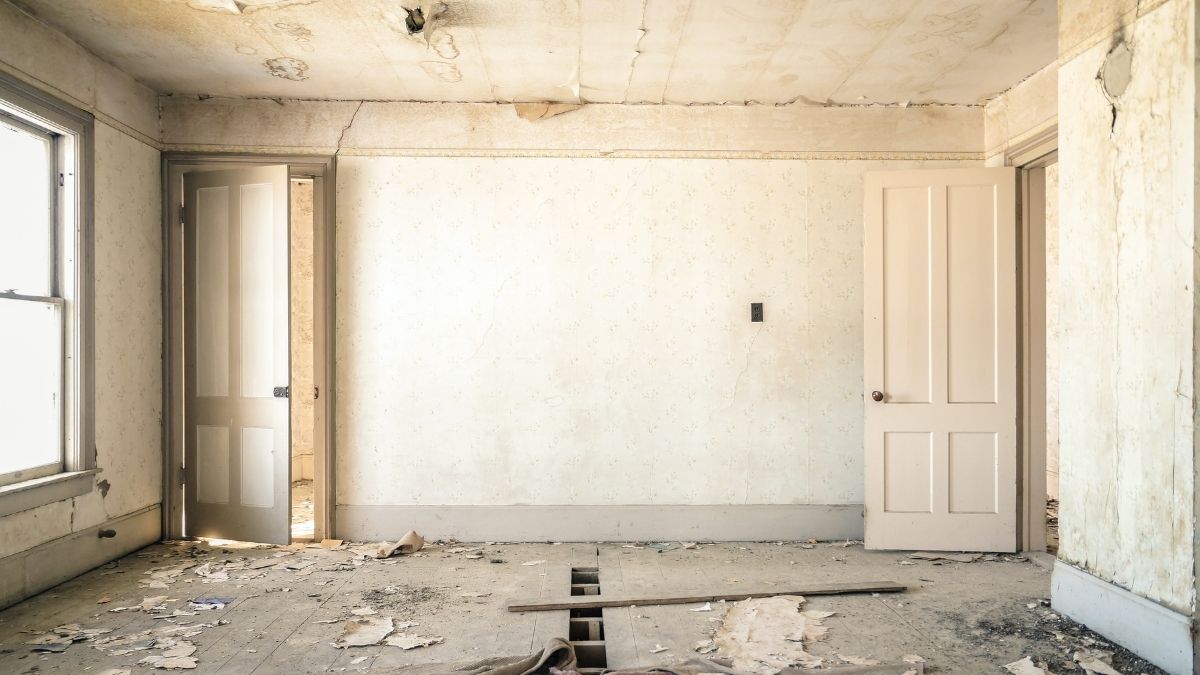Whether you just became a home owner, or you have been living in your home for a number of years, home renovations are stressful, especially if you are doing most of the work yourself. However, with proper planning, a home renovation can be rewarding and enjoyable. It does not matter how big or small the project is, without planning you will end up running around like a headless chicken.
1. Determine what's working and what's not
Take the time to write down what is working and what’s not working currently (hence the reason for the home renovation). If it is your first home, most likely you want to make some alterations to make it work for your current needs. However, don’t stop there…think for the future…will it still be practical once your family grows? If on the other hand you are already living in the property, then you would have a better idea of what is not working.
2. Set up your vision board
Set up your vision board. How would you like your space to look like? List down all you need to do to obtain that vision …from demolishing a wall, opening a door, painting the walls, changing the curtains. Dream big…it’s easier to start with a large list and then adjust as you go along.
3. Establish a timeline and who is doing the work
Be realistic when establishing your timeline. Determine who is doing the work, whether you can do the work yourself, or if you require a contractor to carry out the works or a mix of both. When establishing the timeline, keep in mind that if you are doing the works yourself most likely you would only work during weekends. On the other hand, if you are engaging a contractor then you depend on his availability. Always have a couple of weeks of contingency.
4. Break the project into smaller tasks
You have determined your timeline, and it might seem so far fetched and overwhelming. Break the project and timeline into smaller tasks. It should look as follows:
- Planning stage
- establish your vision board;
- list items required for renovation (1 day);
- get quotes – contact contractor / search online (2 weeks);
- set up budget (2 weeks);
- consider setting up a home renovation bank account;
- order any furniture, purchase items required first to start the renovation;
- have all tools required (if doing a DIY);
- prepare the room for the renovation (remove furniture, set up plastic to cover some furniture, use masking tape etc;
- start renovation.
2. Start of Project
- If it’s a large project, check budget is on track on a weekly basis;
- Check the work is on track according to the timeline.
5. Start getting quotes and set a budget
When carrying out a small home renovation, it’s easier to set a budget, as most likely you would already have an idea of the cost. However, if one the other hand your home renovation is on a larger scale, you would need to start off by getting quotations from contractors. When carrying out a small project, you can easily get an idea of the cost, by searching online. Once you have your budget, always add at least 10% as a contingency.
6. Prepare for the home renovation
If someone is doing the works for you, then make sure that he knows exactly what needs to be done…what is being demolished and what is not. Make sure you have the necessary equipment to protect any furniture, flooring and light fixtures you already have. Take out any furniture and take the opportunity to declutter any items that you don’t want in your new space. Consider temporarily storing your furniture somewhere else.
If you need to temporarily move out the house, make sure that your alternative accommodation is all sorted out.
If on the other hand, you are carrying out the renovations yourself, take the time a day or two before to move furniture etc so on the day you are ready to start on the project immediately.
7. Open a home renovation folder
No matter how small or large the project is, have a dedicate folder for your home renovation (this can be in digital format or paper format). In this folder, keep receipts and any important documentation pertaining to the renovation project. This will not only come in handy if you need to claim anything, but also for further renovations.
No matter how big or small the project is, it is crucial to make a plan and break it into smaller tasks. If for example you need to reorganize the kitchen, you still can implement the tips mentioned above;
- Determine what is working and what’s not working in the kitchen;
- Have a vision board of how you would like your kitchen to look like;
- Make a list of the items required – glass jars, baskets, labels etc;
- Establish a date by when it is to be finished and break it down into smaller tasks;
- Browse through websites to determine prices for jars, baskets and labels;
- Set up your budget;
- Order / buy the items;
- Prepare the kitchen – purge and clean the surfaces;
- Start reorganizing the kitchen.
In order to keep track of everything you can either use an excel sheet, or else use a software designed for projects. Enjoy the process of the renovation without feeling overwhelmed, however be prepared for some setbacks in your home renovation. There will always be some unexpected thing that crops up, but hopefully with careful planning these will be few.
Love,
Strugglingmum xxx




